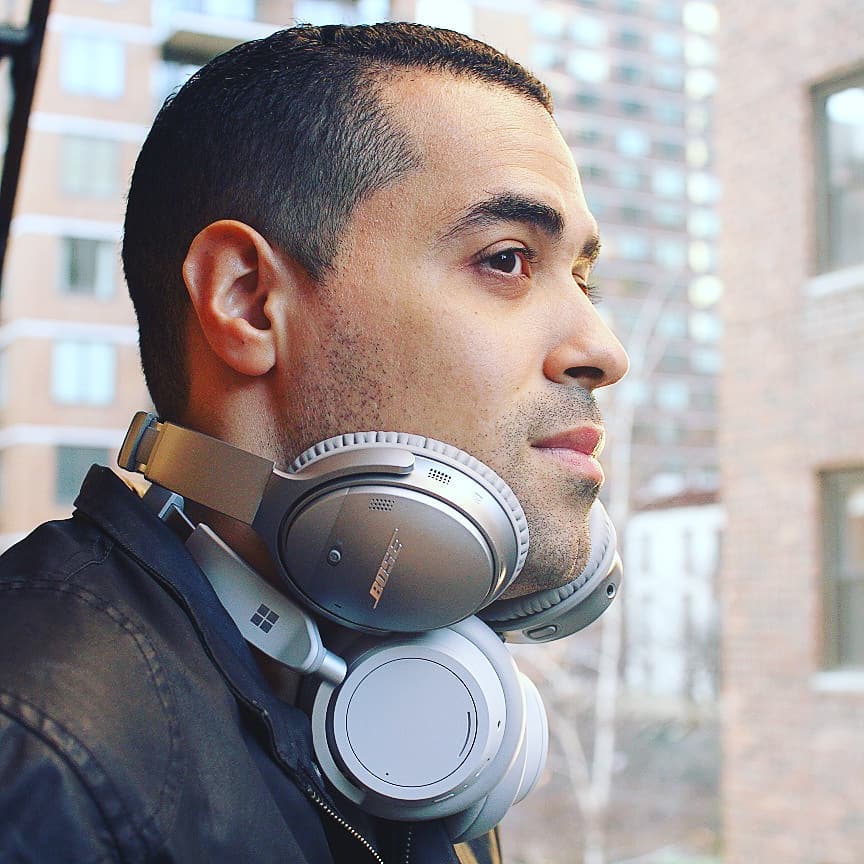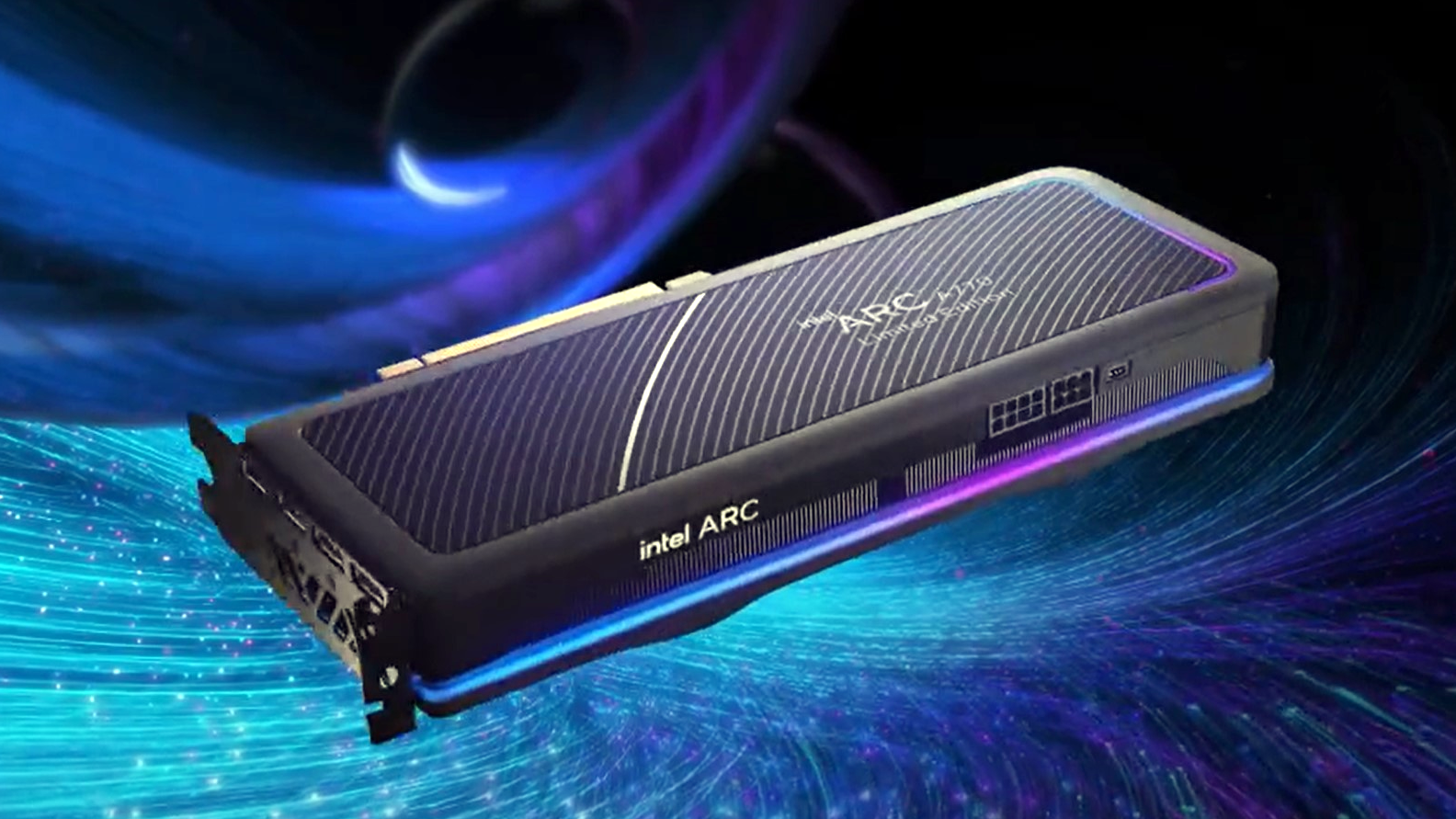One issue each major audio brand must fix on their next-gen wireless earbuds
Let’s talk playtime, Apple
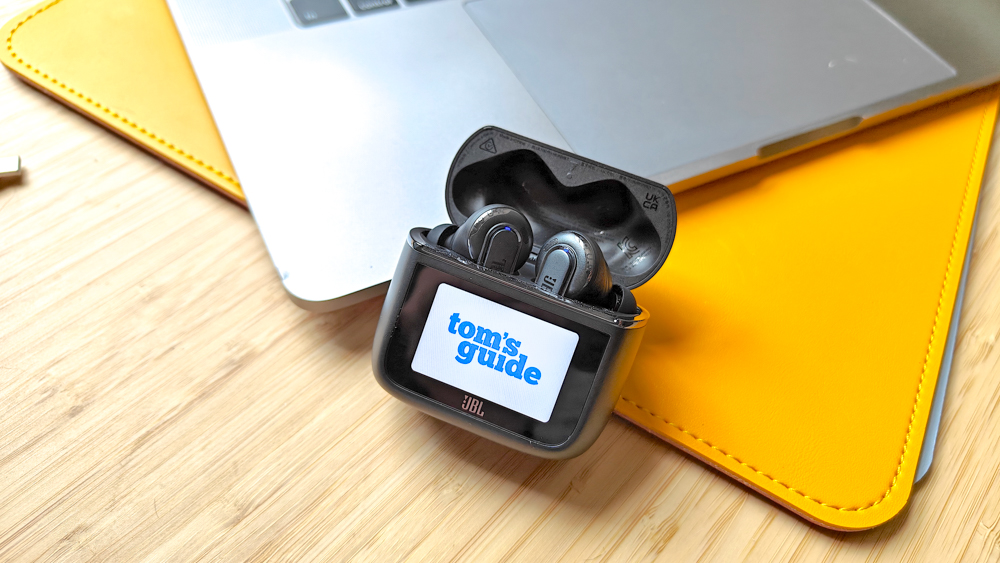
The perfect pair of wireless earbuds doesn’t exist. Sure, there are near-flawless releases like the AirPods Pro 2 and Sony WF-1000XM5, but both sets of buds still have their fair share of flaws. The same goes for every flagship model from the industry’s top audio manufacturers.
Some companies manage to fix their issues, while also creating new ones in the process. Others continue to neglect criticisms in key performance areas. Then there are those who make matters worse by drastically changing things that were already impeccable.
If Apple, Bose, Sony and numerous others want to improve their upcoming true wireless creations, they should start by addressing their biggest imperfections. Here is the top issue for each major audio brand that they must fix on their next-gen wireless earbuds.
Sony
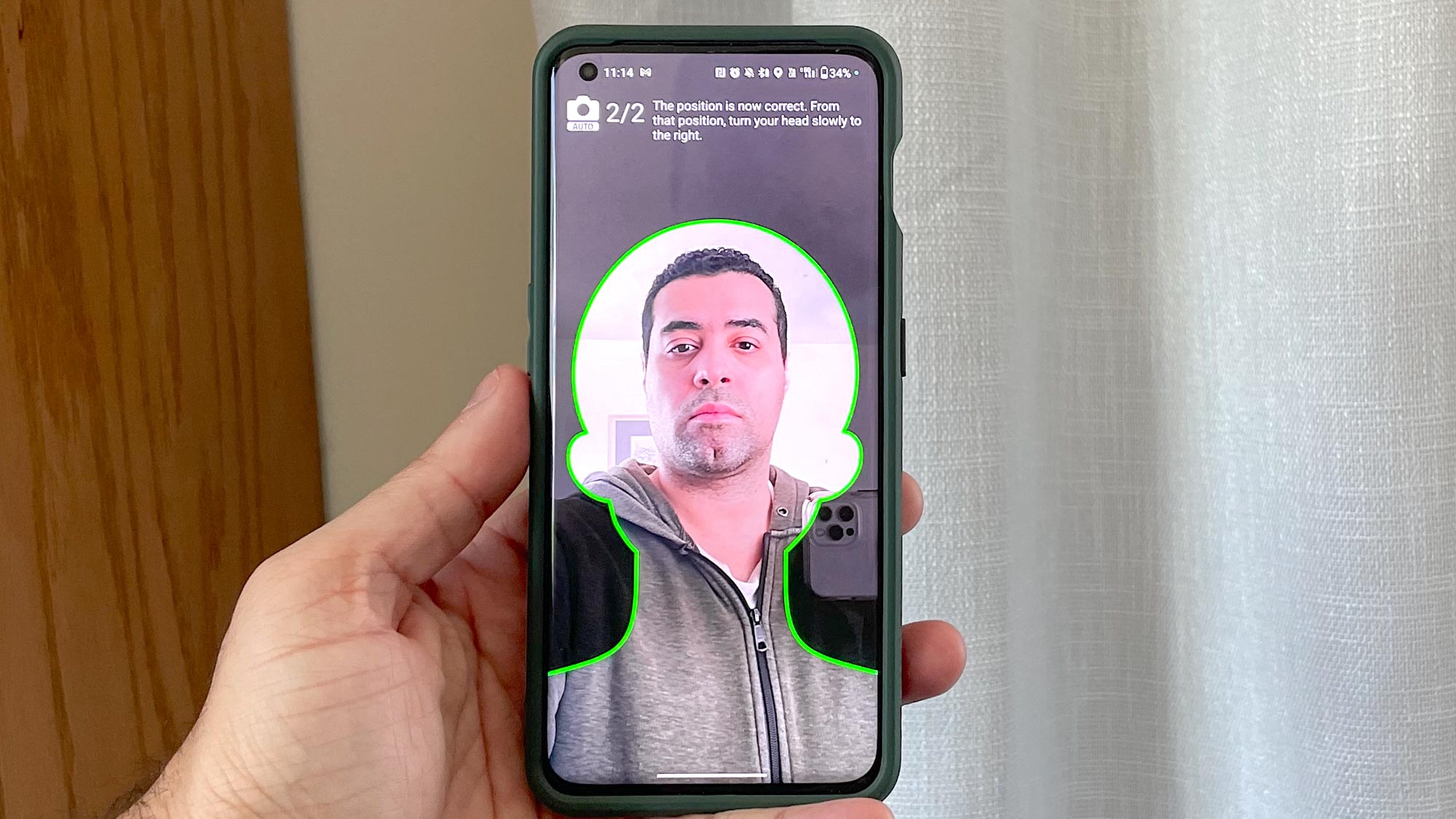
Biggest problem: 3D audio setup
The Sony WF-1000XM5 might be the closest thing to perfection in the true wireless space. Most criticisms about these buds were fixed via software updates, which brought new features and stronger connectivity into the mix. There’s only one problem, and it’s a problem that remains present on all Sony wireless headphones and earbuds: the 360 Reality Audio setup.
Sony’s spatial audio technology delivers convincing immersive sound. It isn’t better than Apple’s or Bose’s spatial audio formats, but it’s respectable and works well with most Sony products that support the Headphones Connect app (recently rebranded as Sound Connect).
If only the setup was as simple as other spatial audio alternatives that require scanning your ears to create a sound profile. The feature struggles to capture selfies of your head and ears. Even worse is the head-tracking test that requires several tries to register movements. We request that Sony develop a more effective solution for the rumored WF-1000XM6.
Apple
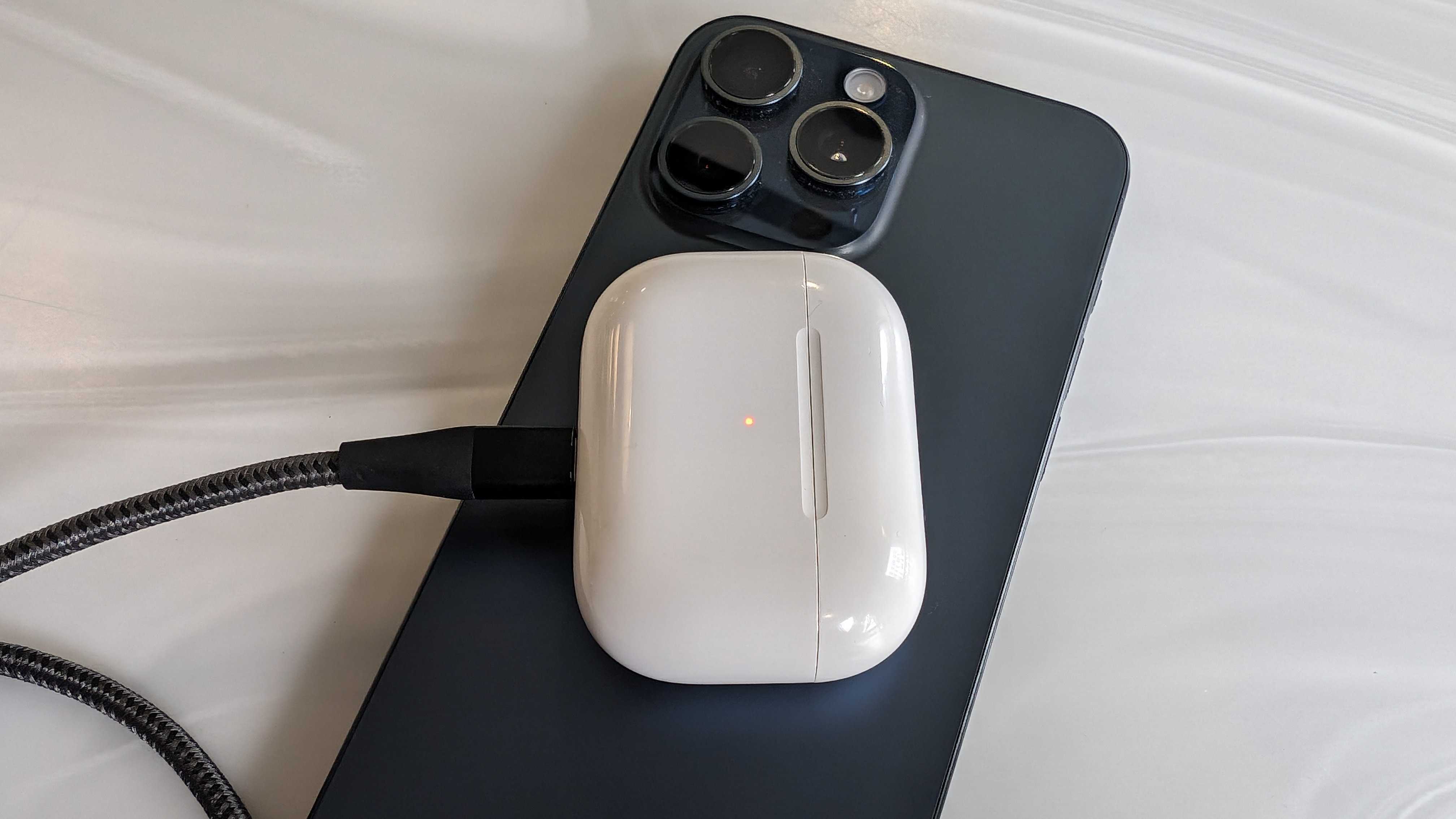
Biggest problem: Battery life
Apple’s kryptonite remains battery life. Yes, it has increased ANC playtime on the AirPods Pro 2 by about 1.5 hours and total playtime by 6 hours. However, that has been the industry standard for battery life on wireless earbuds for the past three years. Meanwhile, the class-leading Sony WF-1000XM5 boast up to 10 hours per charge and budget noise-cancellers like the JLab JBuds Sport ANC 4 generate up to 14 hours on a single charge. Apple’s battery management is terrific at optimizing performance and squeezing out every bit of juice from the MagSafe charging case, but the playtime complaints won’t stop until the AirPods start matching their competitors.
Bose
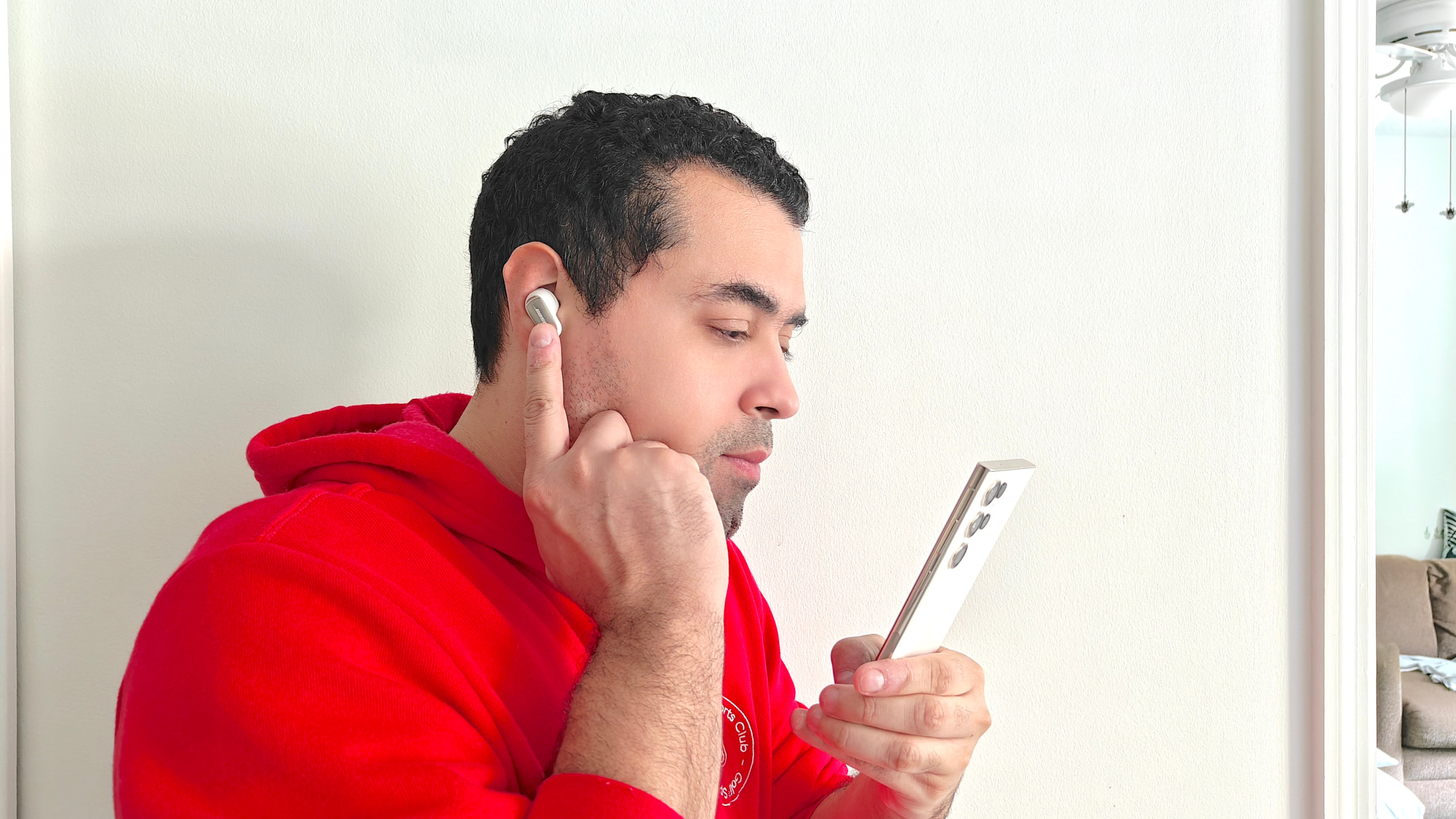
Biggest problem: Call quality
It’s a controversial take, but the call quality on current Bose wireless earbuds has not lived up to the brand’s legendary reputation. The first-gen QuietComfort Earbuds are still some of the best headphones with a mic for voice and video calls and they outperform newer rivals with stronger mic arrays and wireless technologies, including the AirPods Pro 2 and the Bose’s recent releases. Performance has dipped with every new QC model. ANC on the QC Earbuds 2 wasn’t as strong on calls. Additions like adaptive filters, dynamic microphone mixing and more intelligible voice pickup didn’t strengthen voice calling on the QC Ultra Earbuds. Going back to the beginning might do Bose some good to get things right.
JBL
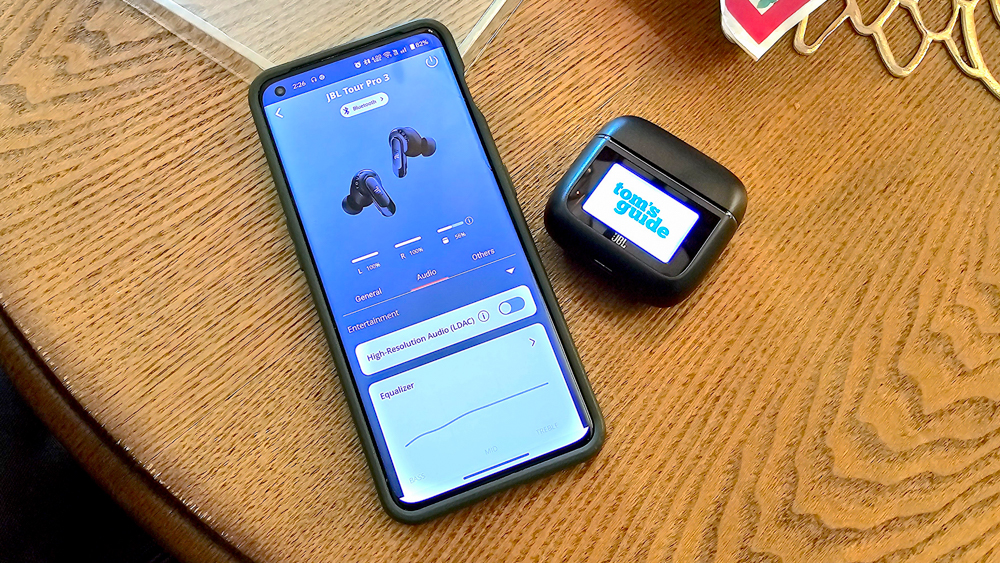
Biggest problem: Buggy companion app
JBL is one of the few brands that check almost every box. Adequate battery life. Endless features. Great sound. Reliable call quality. Strong noise cancellation. Unfortunately, the company has yet to develop a reliable companion app. Every version of the JBL Headphones app tends to be plagued with bugs, as we witnessed firsthand when testing the Tour Pro 3. If it wasn’t crashing several times, it would display the wrong battery life or would not connect to the buds. These are issues that should have been fixed several generations back.
Samsung
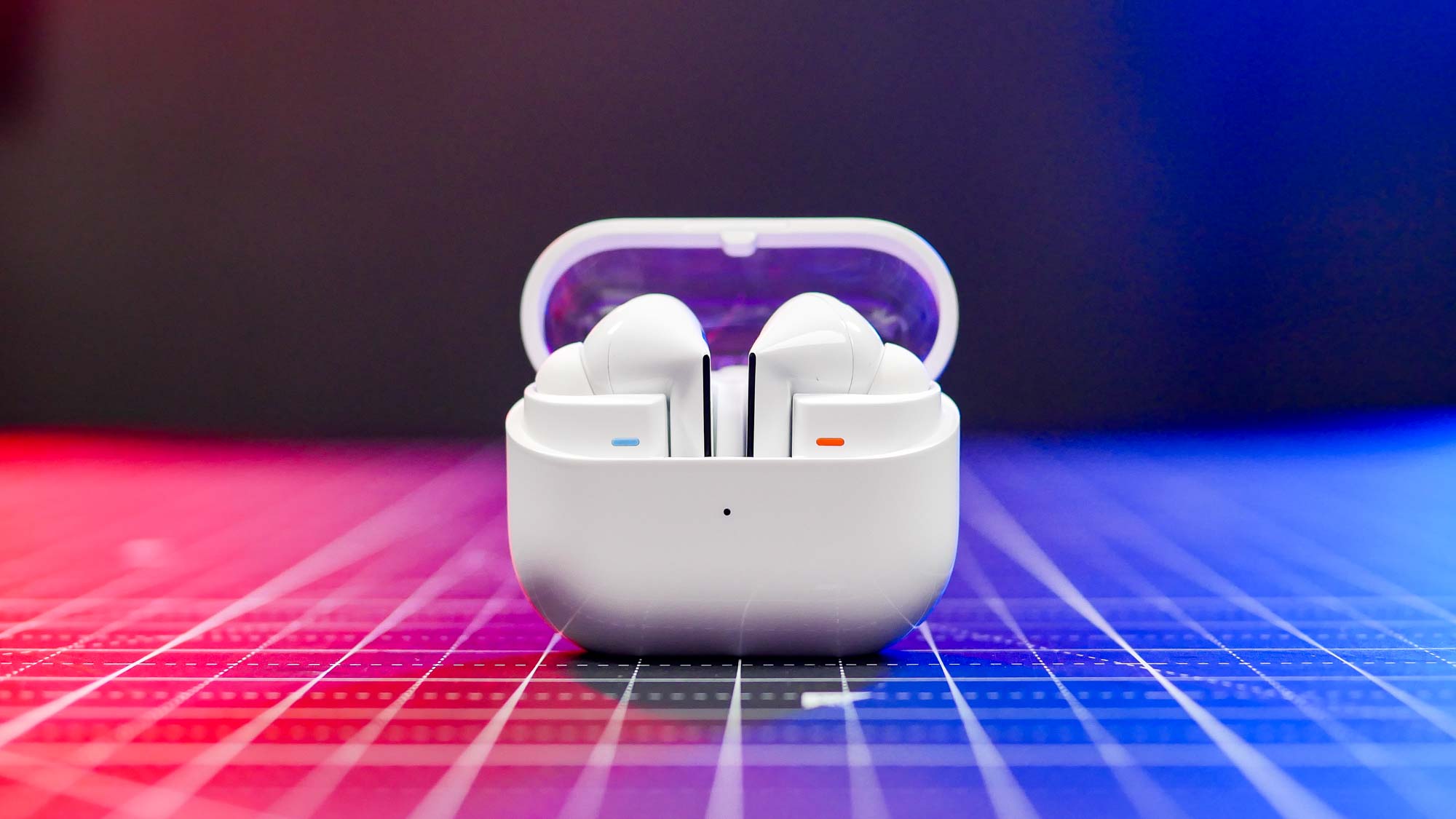
Biggest problem: The Cybertruck design
The Galaxy Buds 2 Pro were some of the sleekest oval-shaped buds ever made and provided IPX7 protection for top-level waterproofing. However, Samsung felt inclined to follow every other AirPods wannabe and make both the Galaxy Buds 3 and Galaxy Buds 3 Pro long-stem buds. The slimmer and more angular stems are eye-catching, but the buds’ overall appearance is a weak true wireless impression of the Tesla Cybertruck. Furthermore, the lower IPX5 rating and standard-looking case are huge downgrades compared to the previous flagship, which our Galaxy Buds 3 Pro and Galaxy Buds 2 Pro comparison breaks down in detail.
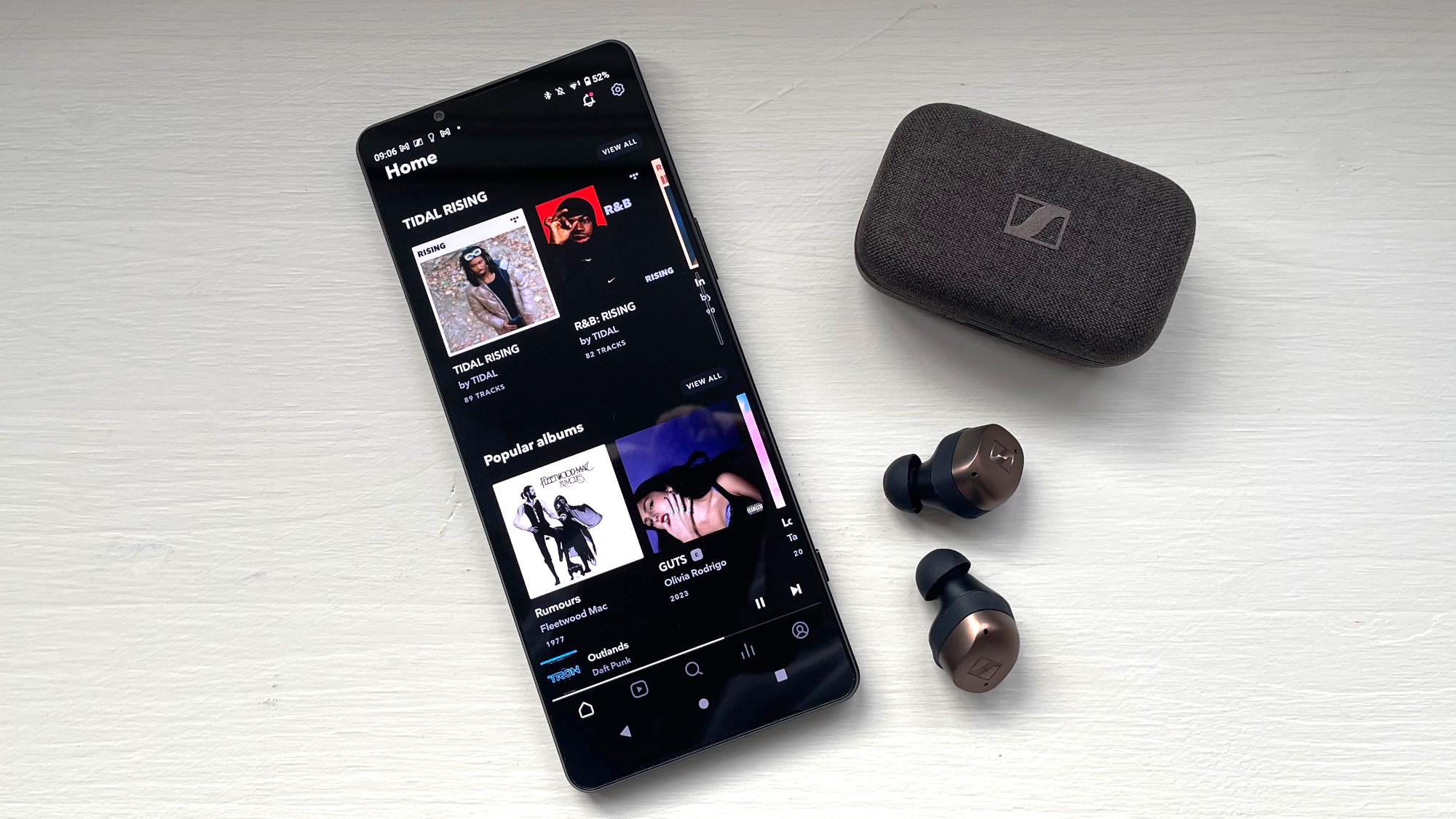
Sennheiser
Biggest problem: Lack of spatial audio
No audio brand is more under-appreciated than Sennheiser. The German sound specialist has released several excellent flagship buds under its Momentum True Wireless imprint, while also developing top-tier personalization features that elevate sound performance. For all its ingenuity, the brand can’t seem to add spatial audio to its wireless earbuds.
Sennheiser’s Ambeo 3D sound technology is used in loudspeakers and soundbars and “translates an original immersive or surround mix into two channels of audio that deliver a spatial experience far beyond stereo.” Netflix’s spatial audio is also powered by it. Not having it on the Momentum True Wireless 4 has hurt the product’s appeal. Sennheiser can steer its true wireless ship in the right direction by making Ambeo available on the Momentum True Wireless 5.
Beats
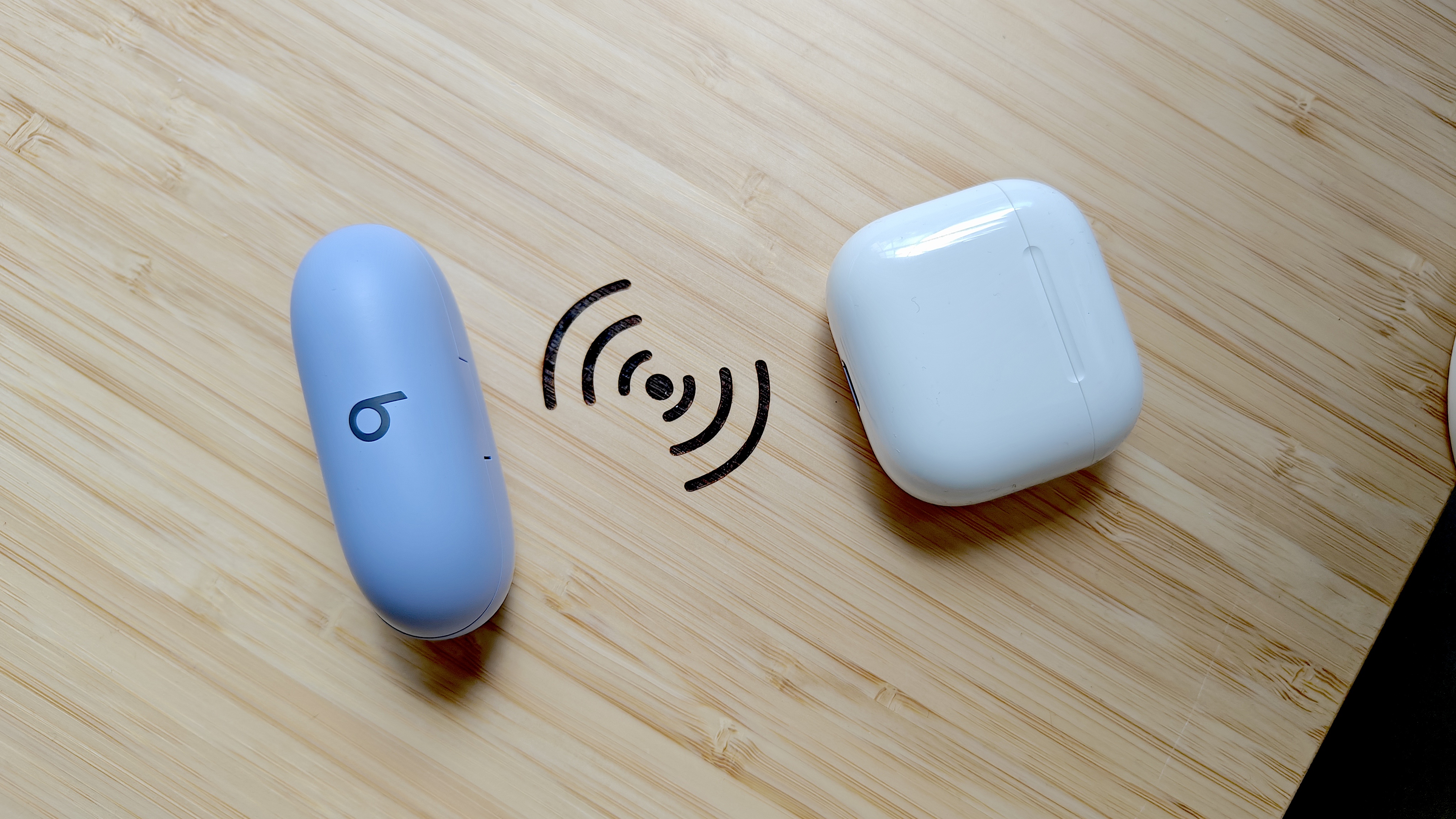
Biggest problem: No wireless charging
Why is it that all AirPods models come with wireless charging, yet the technology has been excluded from every Beats true wireless SKU? As huge fans of the flagship Fit Pro, this is incredibly frustrating, especially when we’re wirelessly charging several devices at work throughout the day. This makes Beats’ buds look inferior from a functional standpoint. More so, it’s a disservice to not allow Beats users the right to power up their case by dropping it on a wireless charger or the Apple Watch charger.

Biggest problem: Gemini AI integration
Wireless earbuds with artificial intelligence will be a huge trend in 2025. Google tried getting ahead of the competition this past year with the stellar Pixel Buds Pro 2, which featured the company’s generative AI assistant called Gemini. The results were somewhat mediocre. It doesn’t always produce the most accurate answers and can often misinterpret requests. Gemini is a noteworthy glimpse of the future, but for now, don’t expect Gemini to replace your favorite chatbot (*cough* ChatGPT *cough*) until Google makes several improvements.
More from Tom's Guide
Sign up to get the BEST of Tom's Guide direct to your inbox.
Get instant access to breaking news, the hottest reviews, great deals and helpful tips.
A lifestyle journalist with an affinity for consumer products, Alex has over a decade of experience and has worked with popular publications such as Complex, Thrillist, Men’s Health, Gear Patrol, AskMen, and Hoop Magazine. He currently focuses on audio, reviewing the most coveted headphones in the market for both Tom’s Guide and Laptop Magazine.
